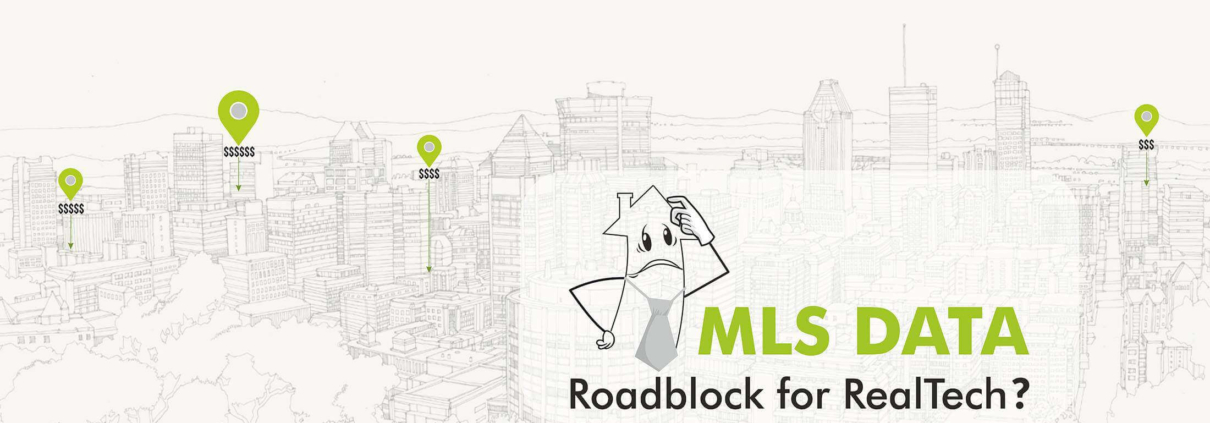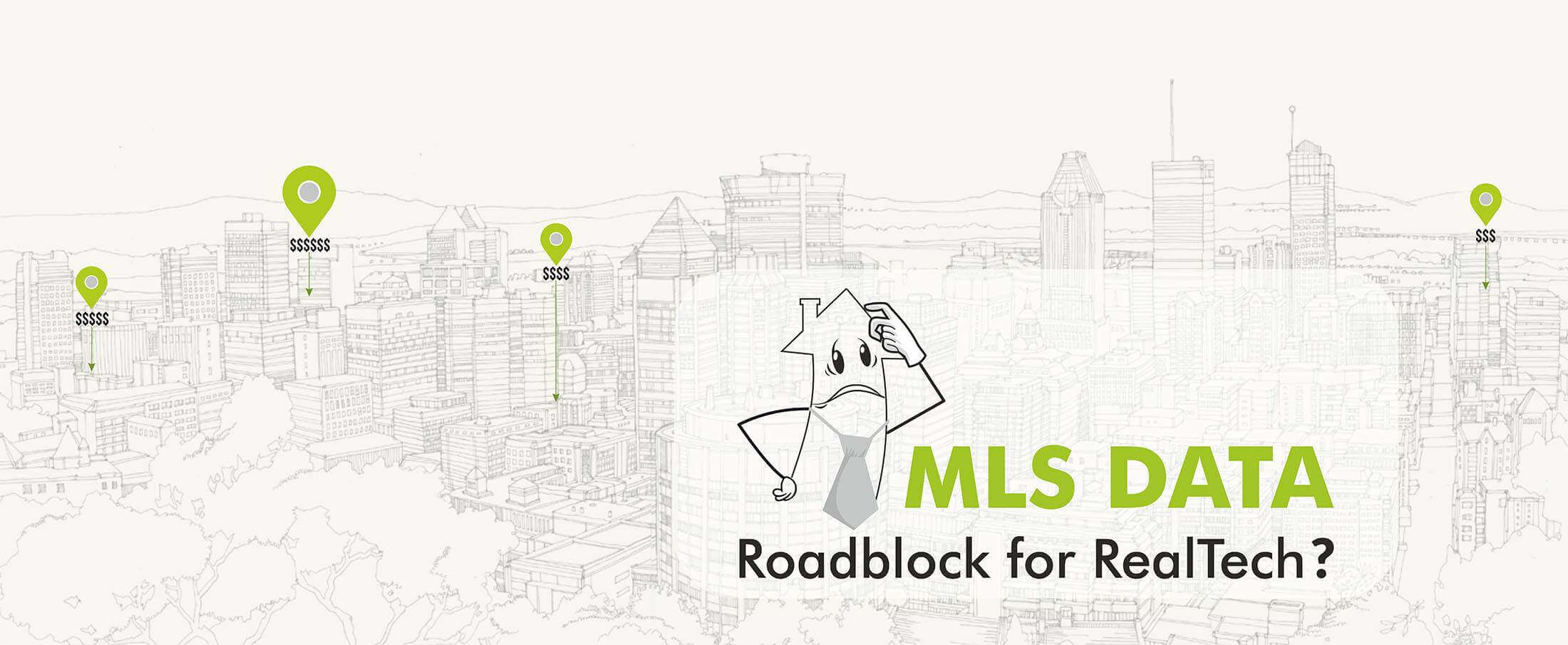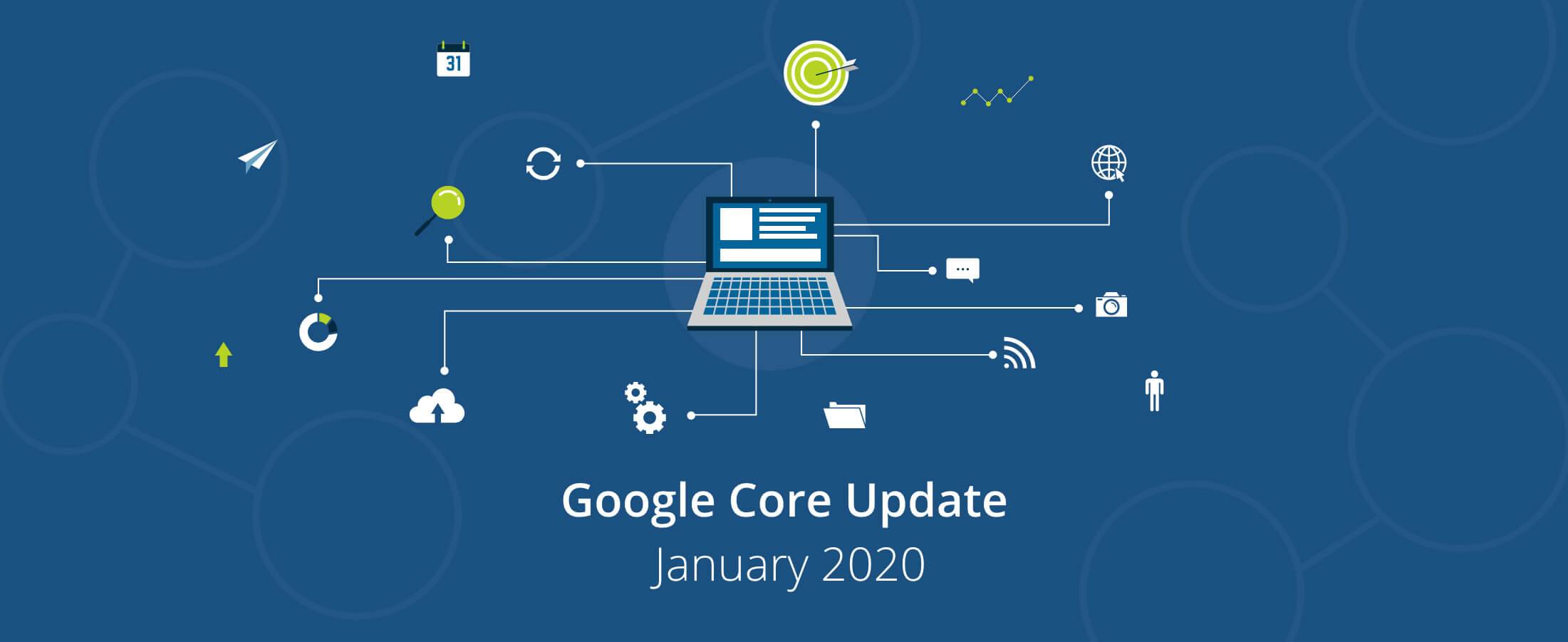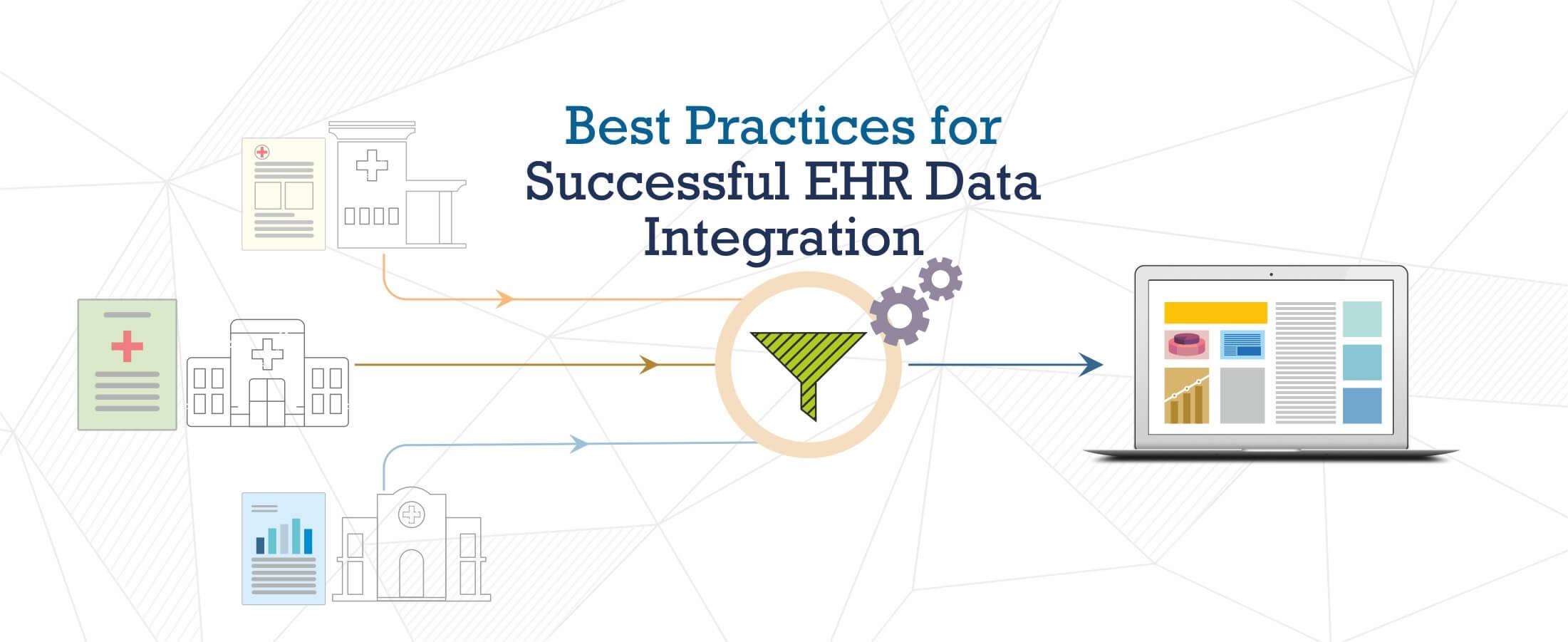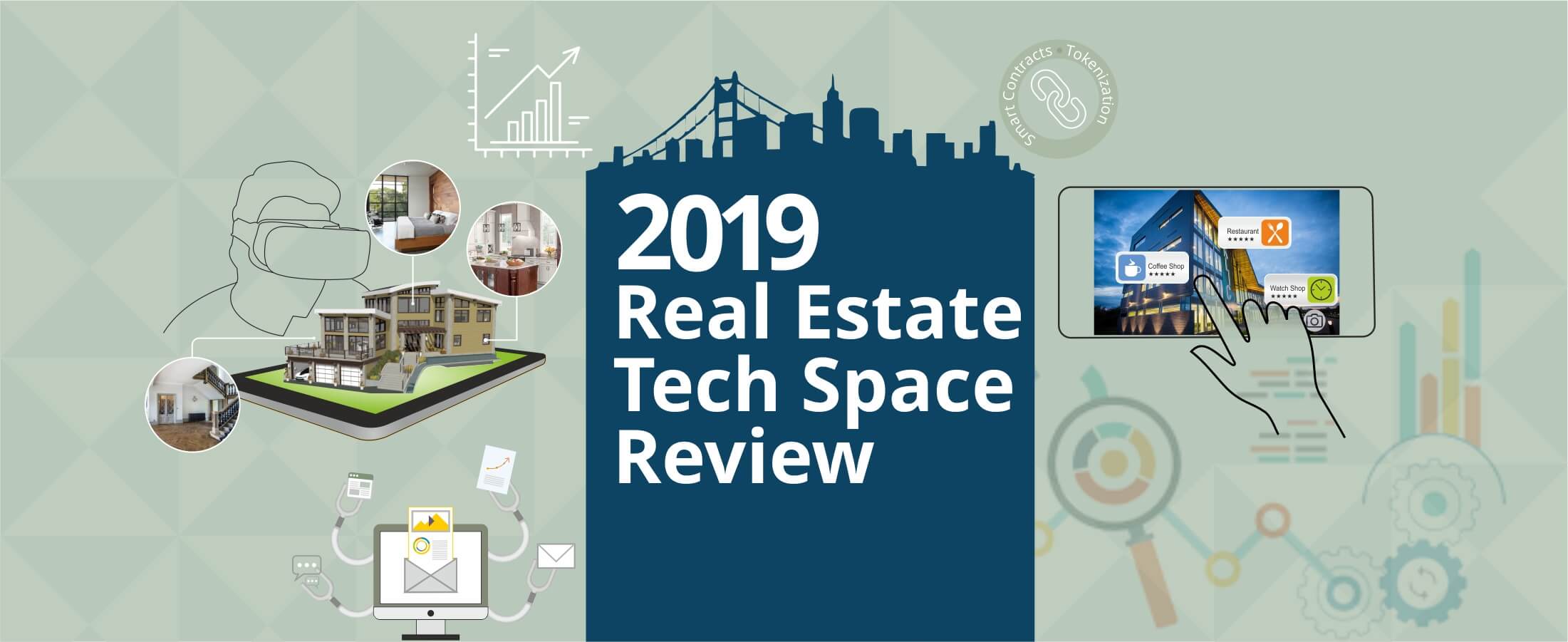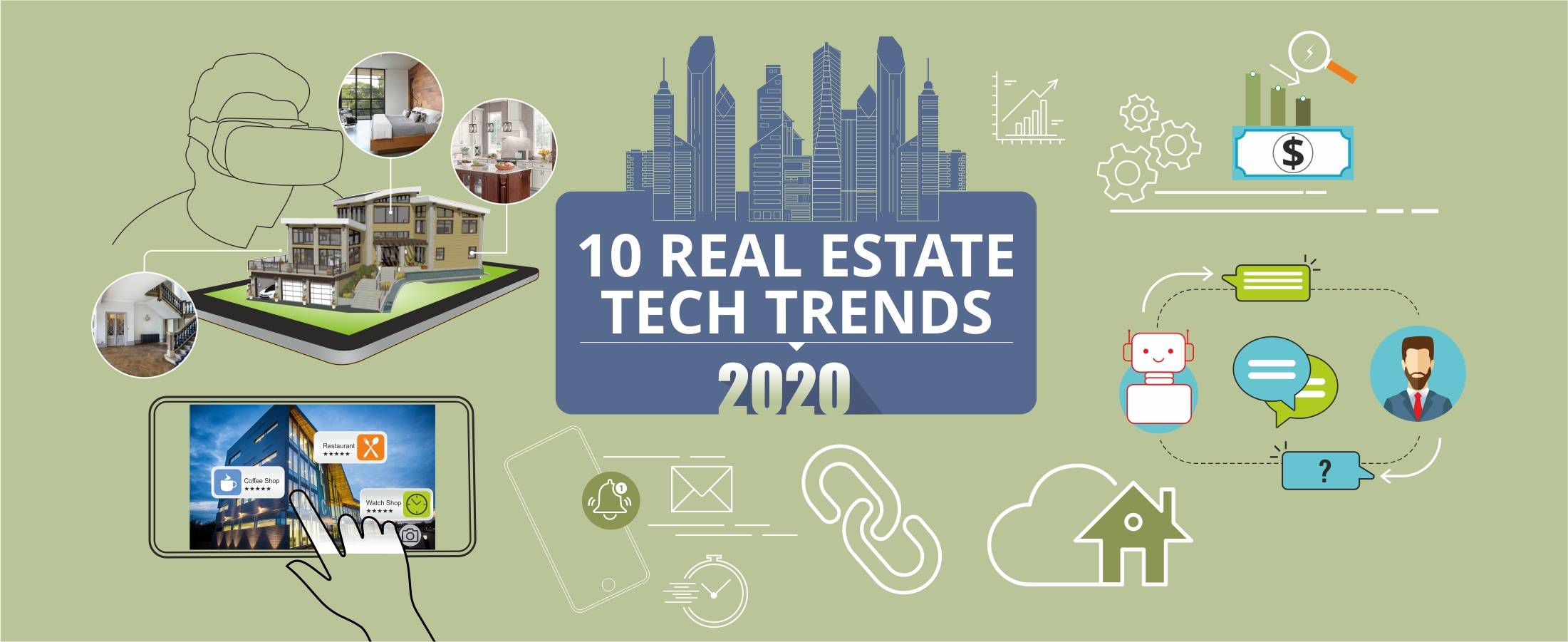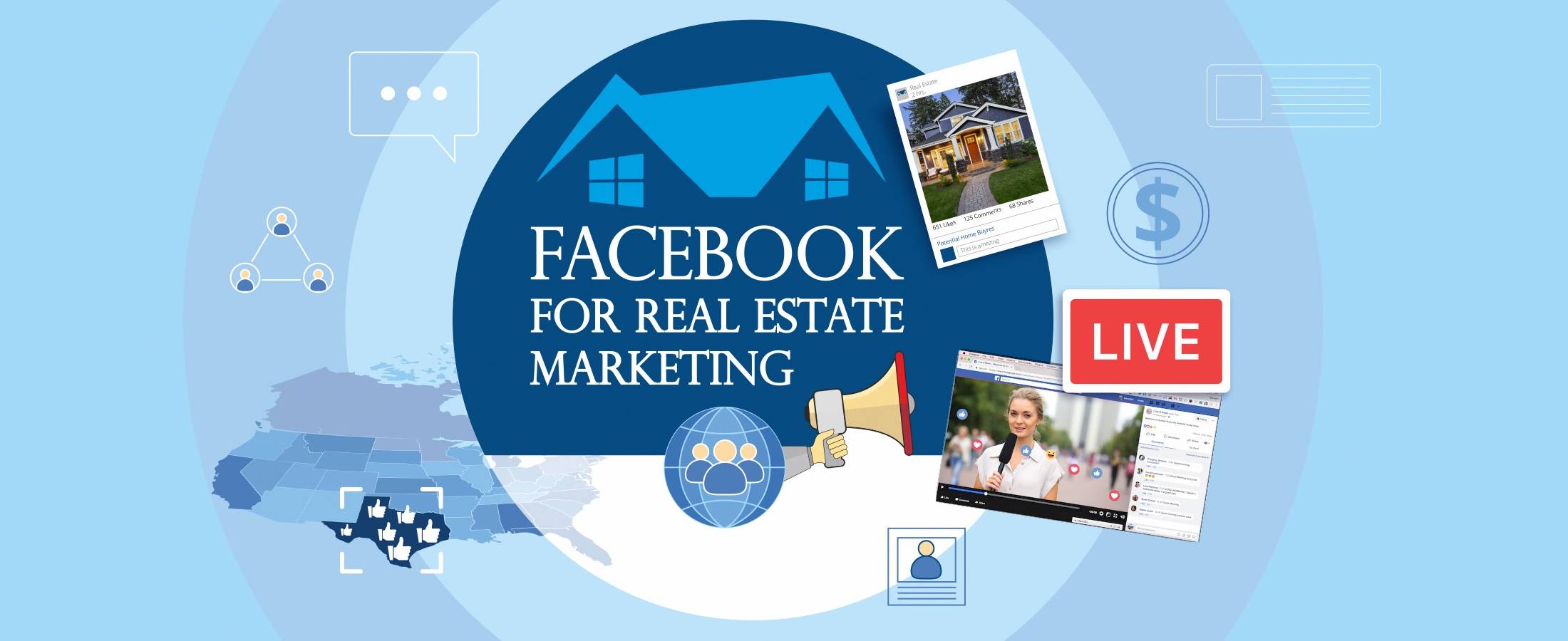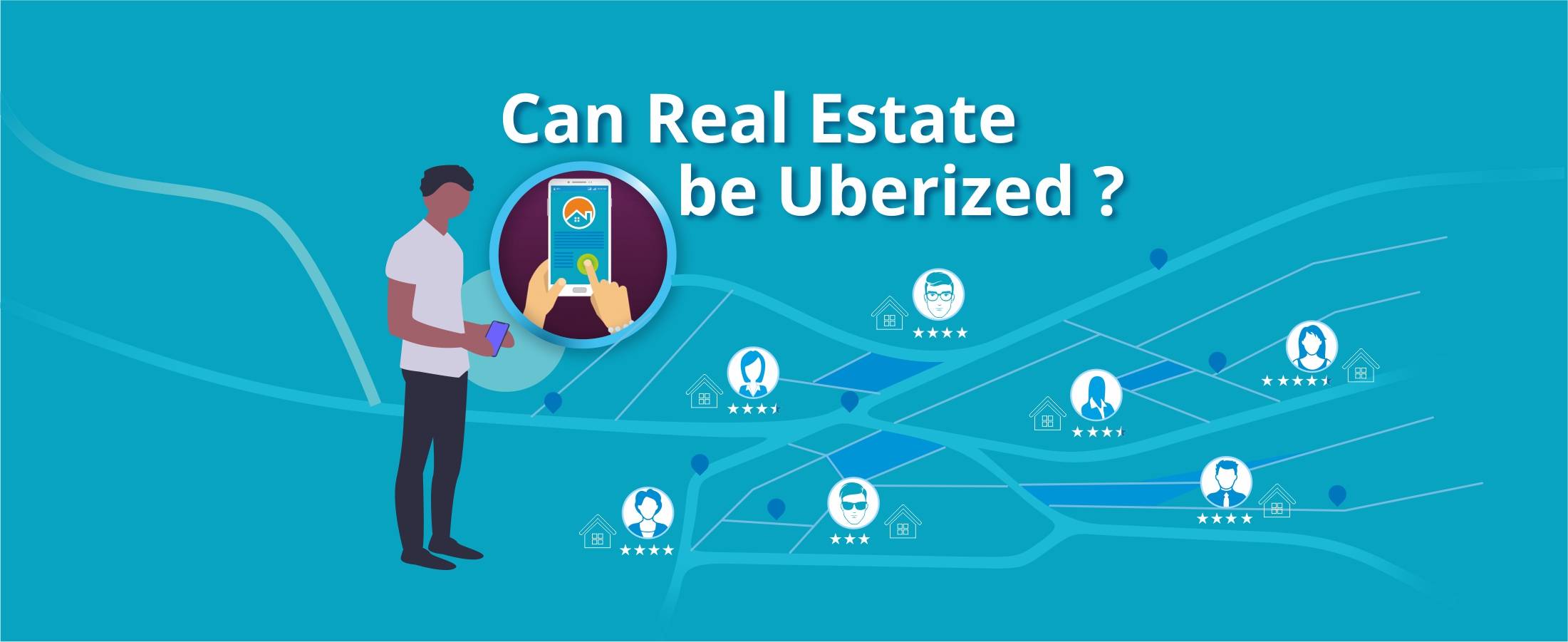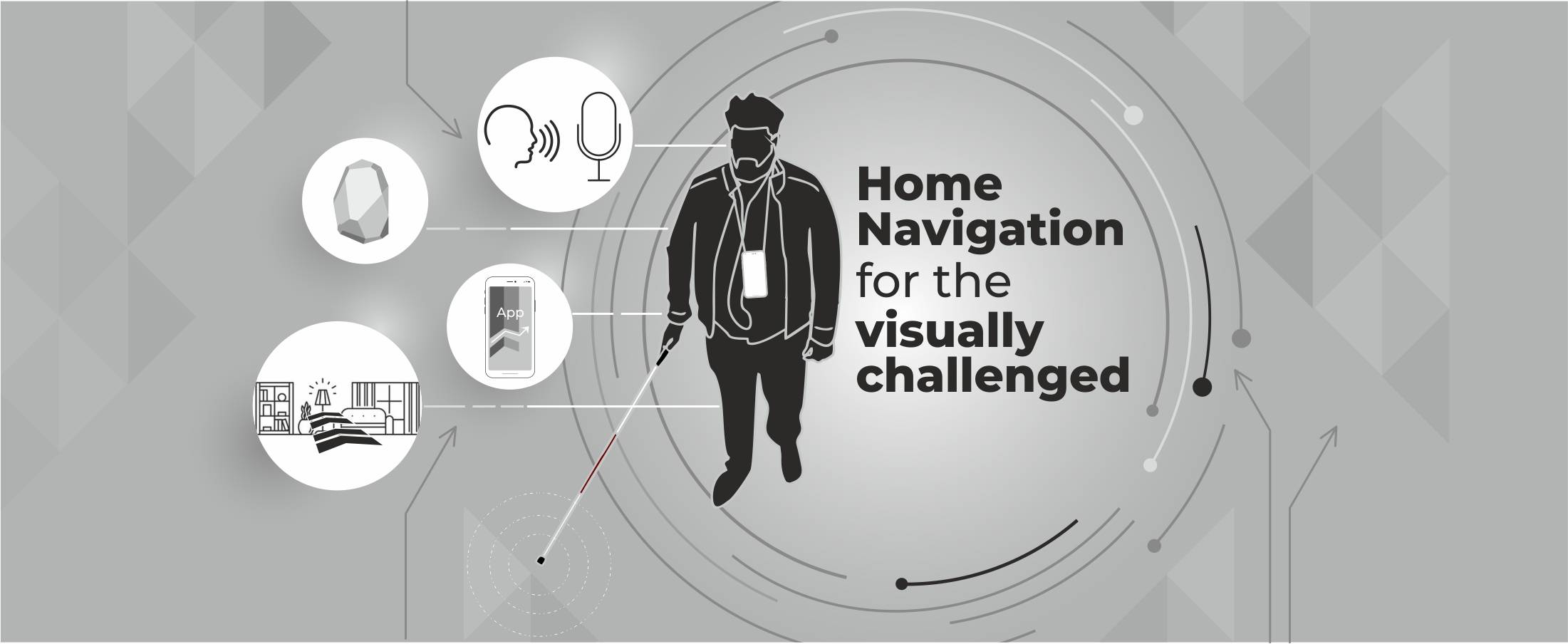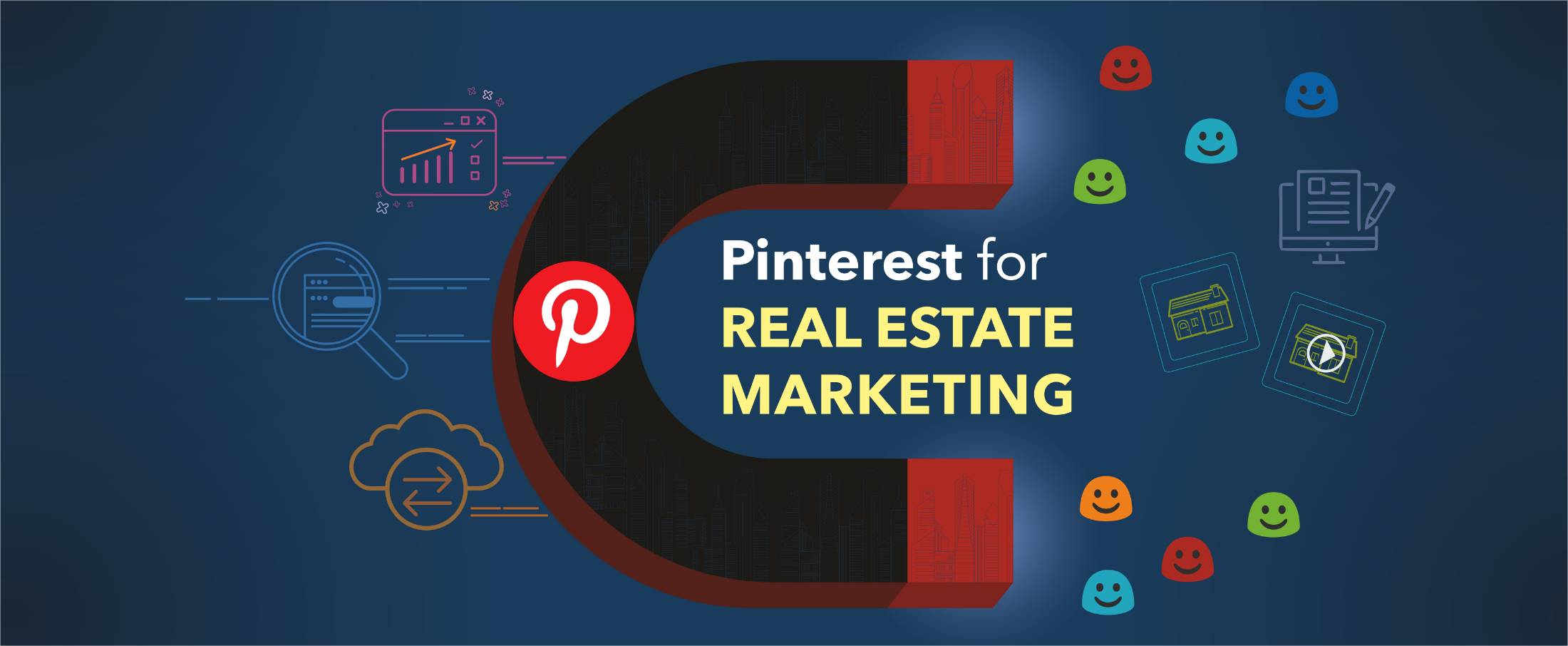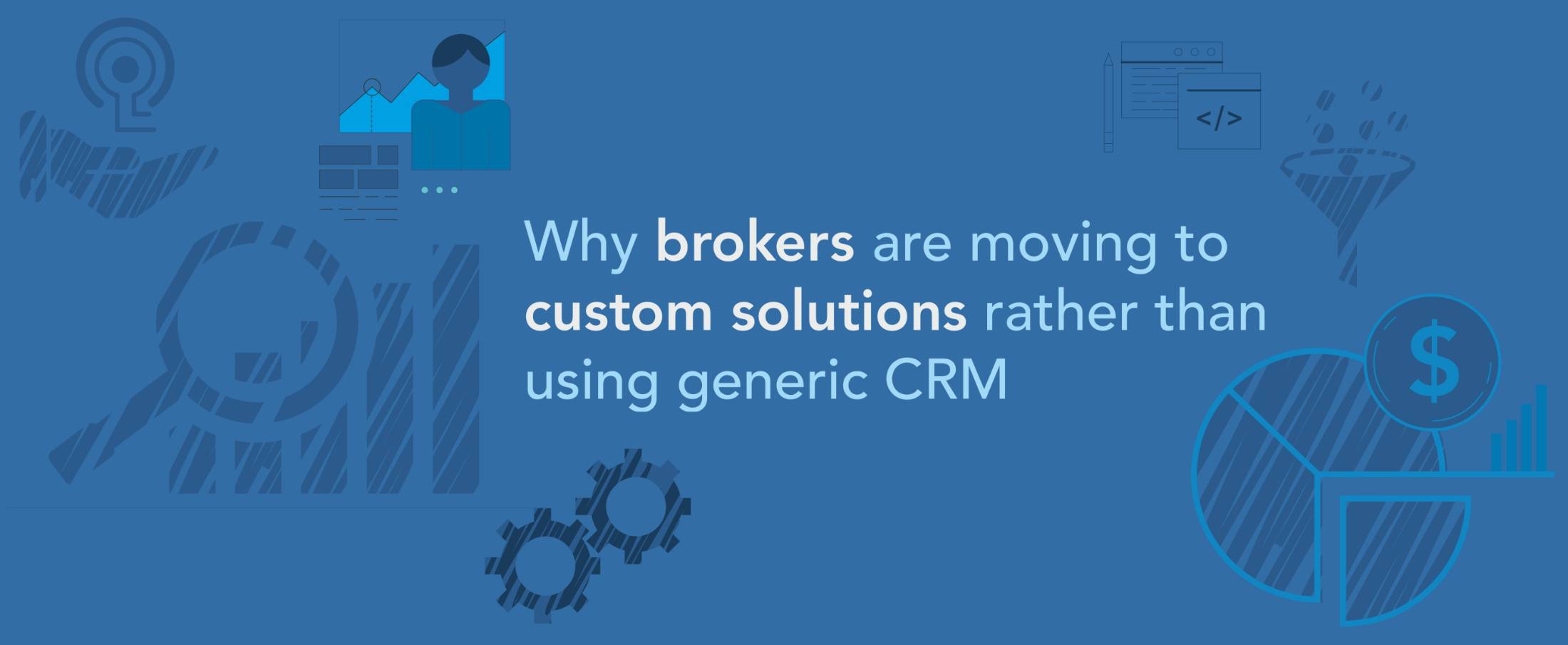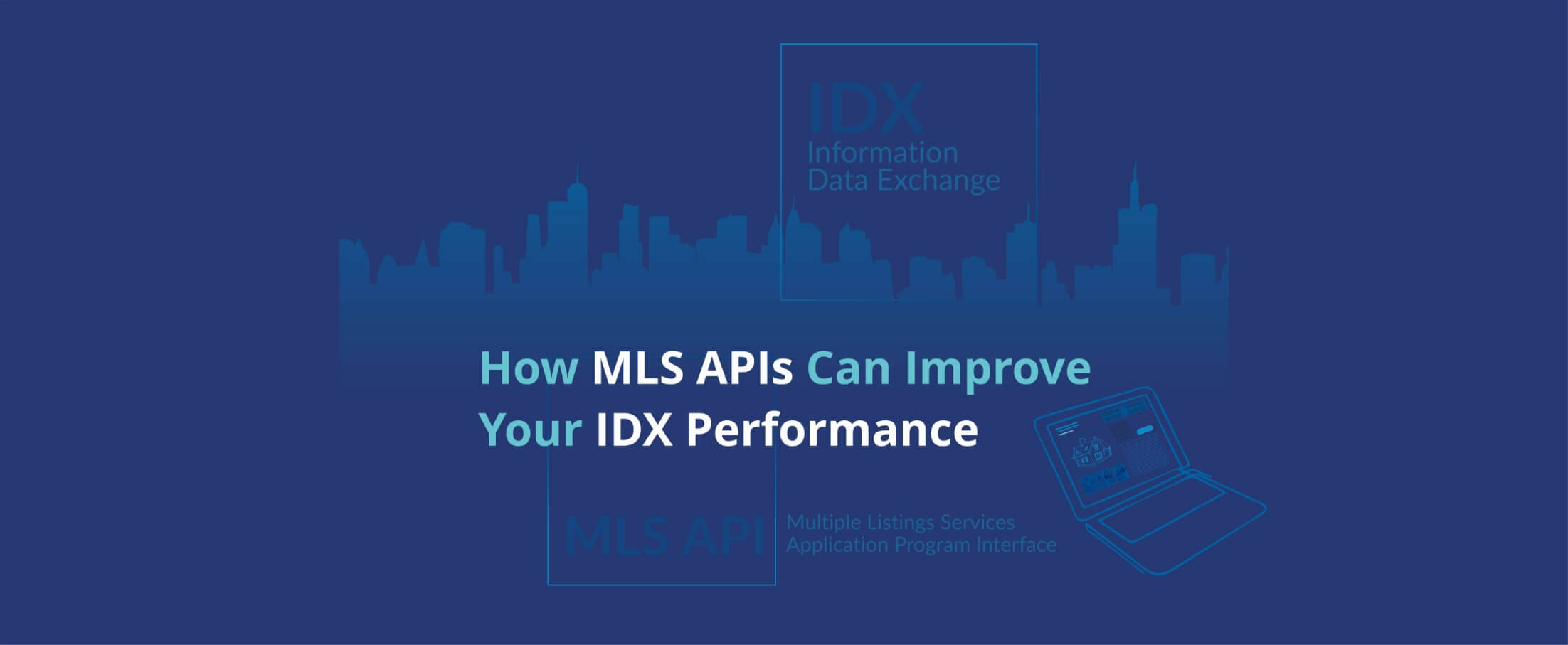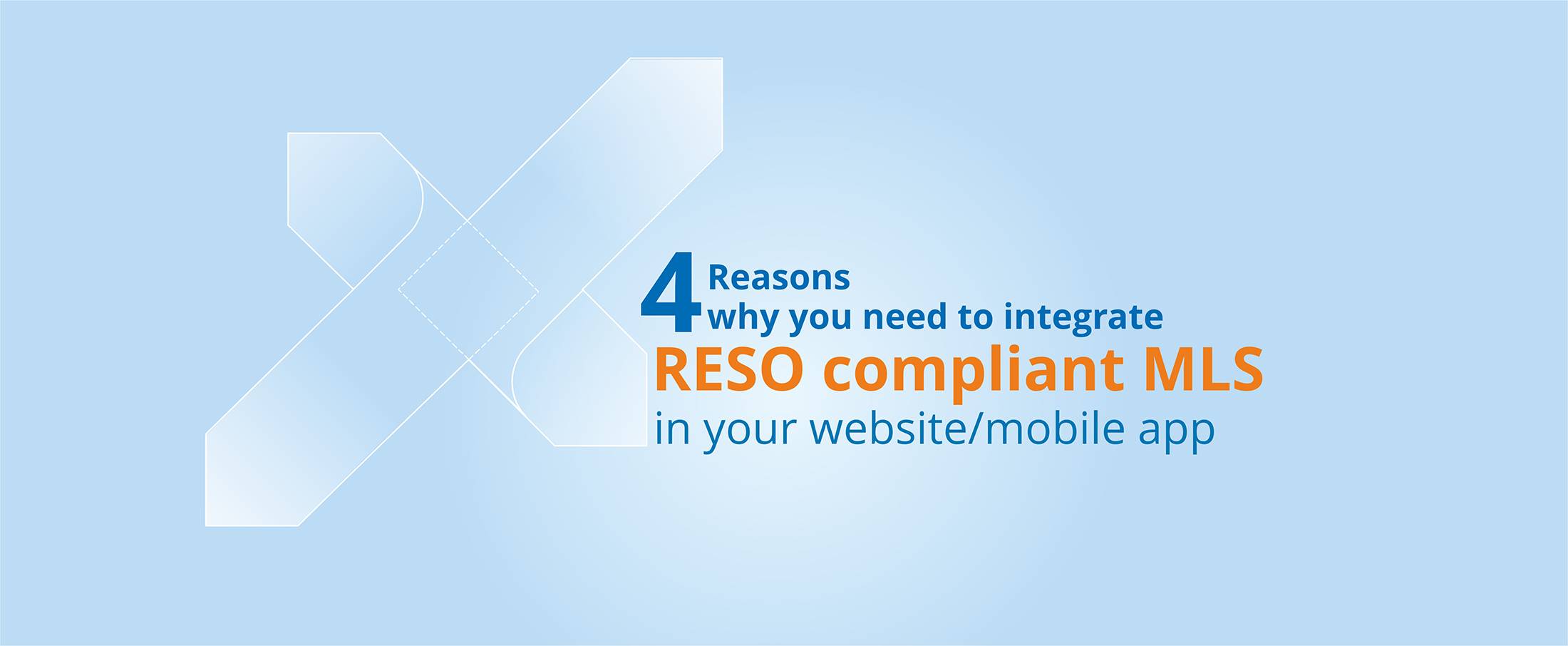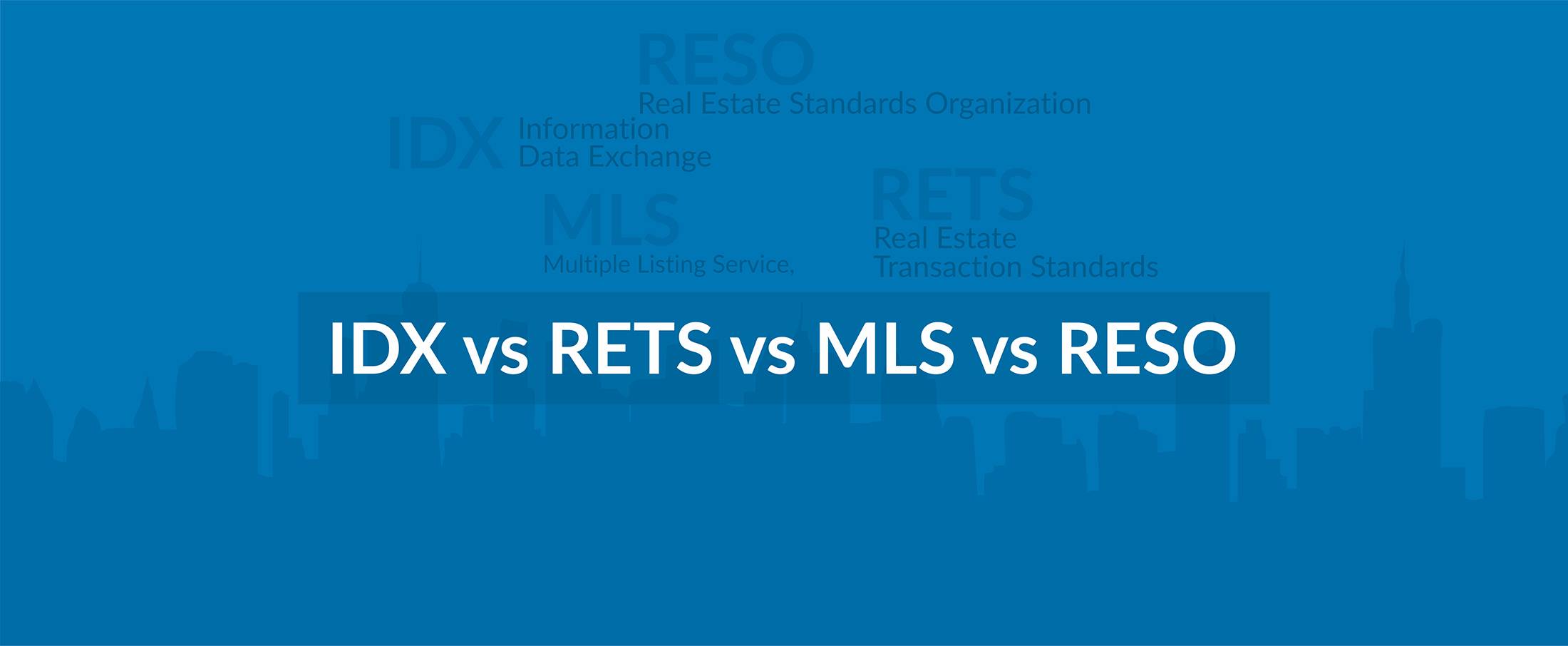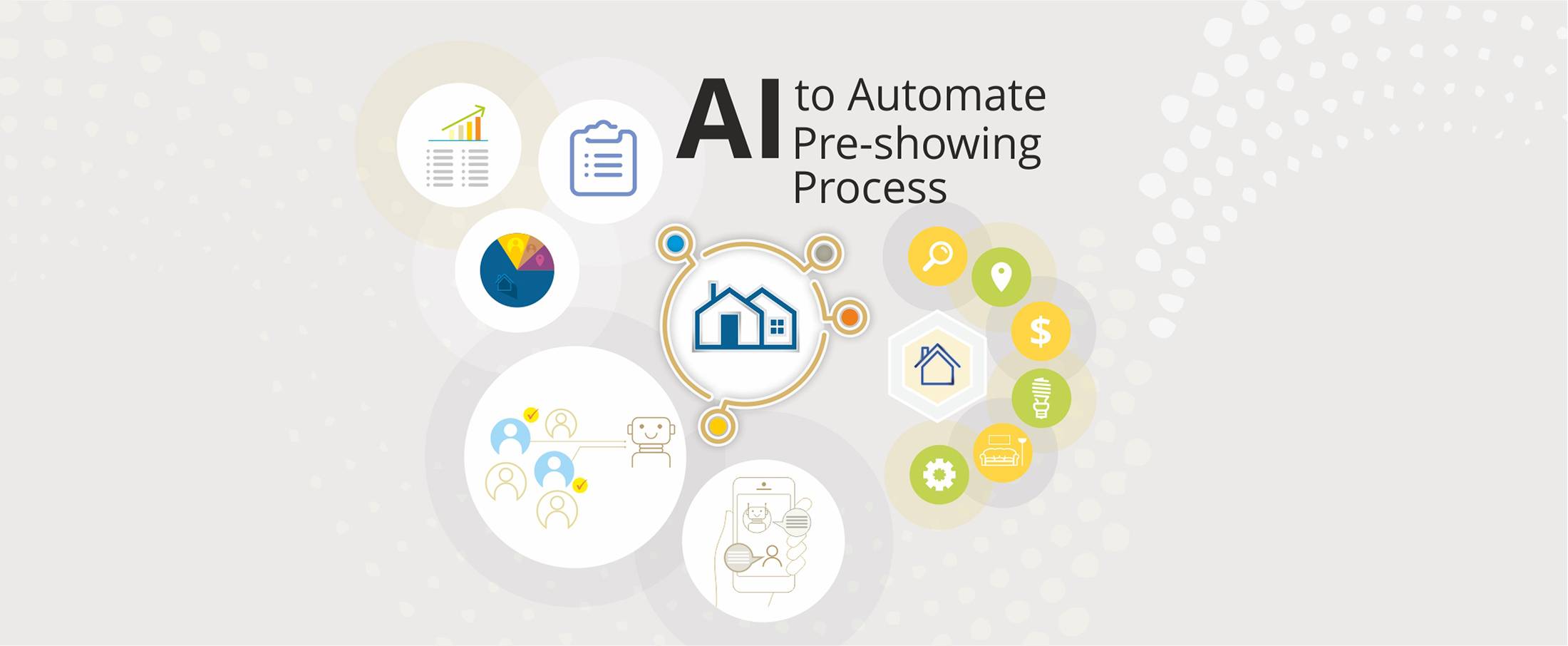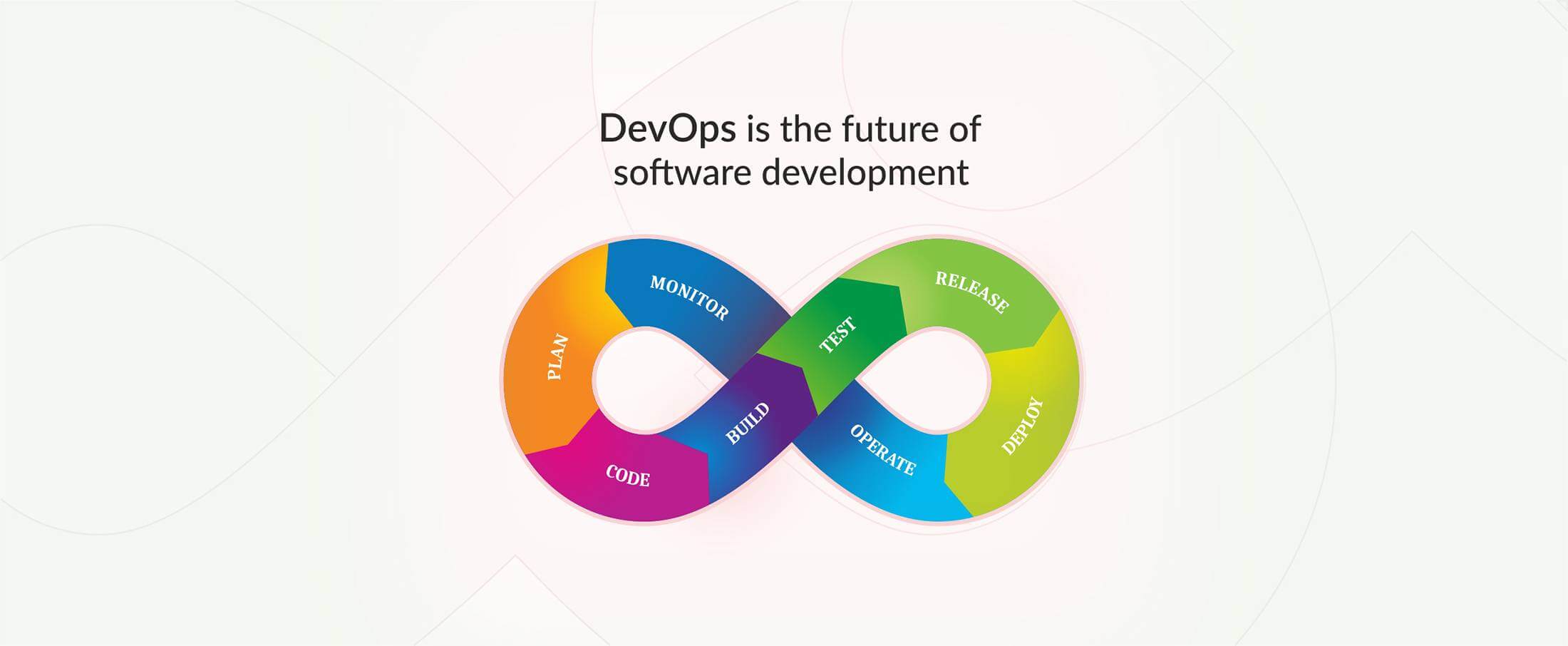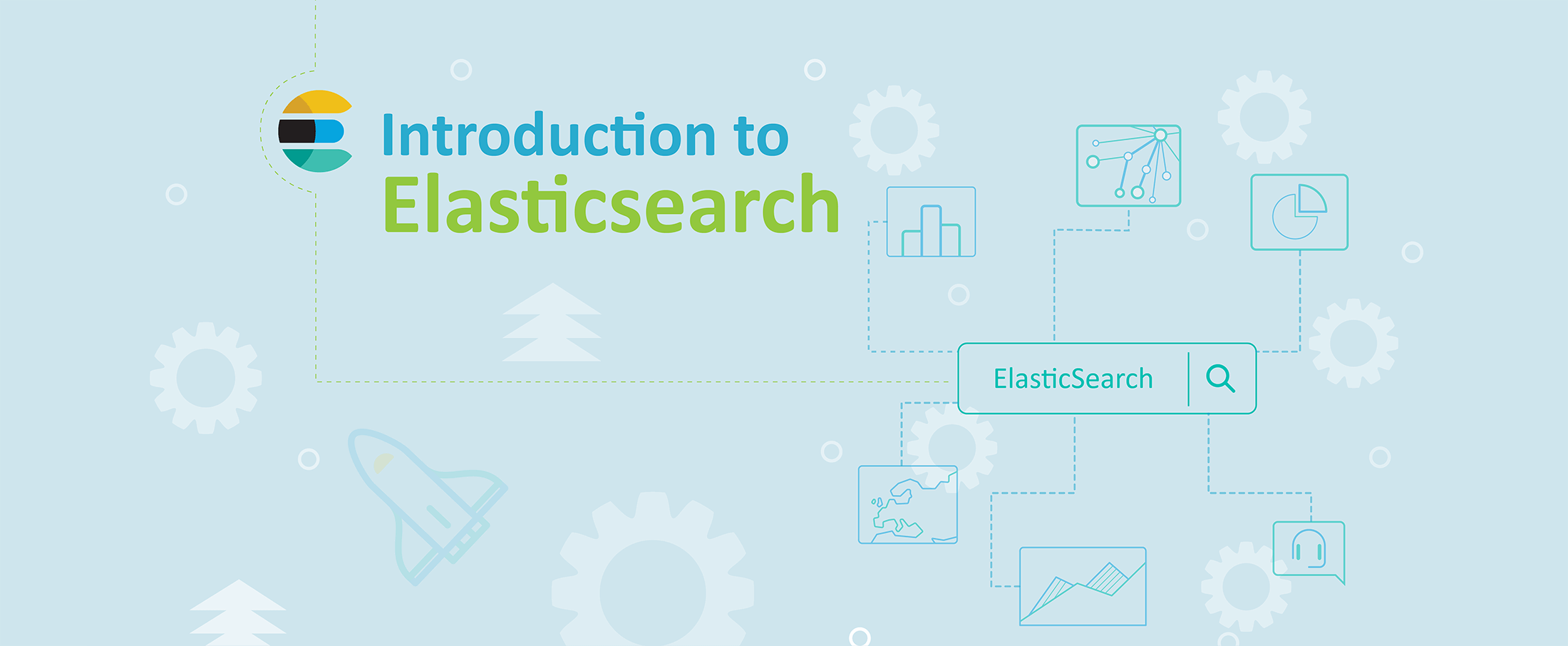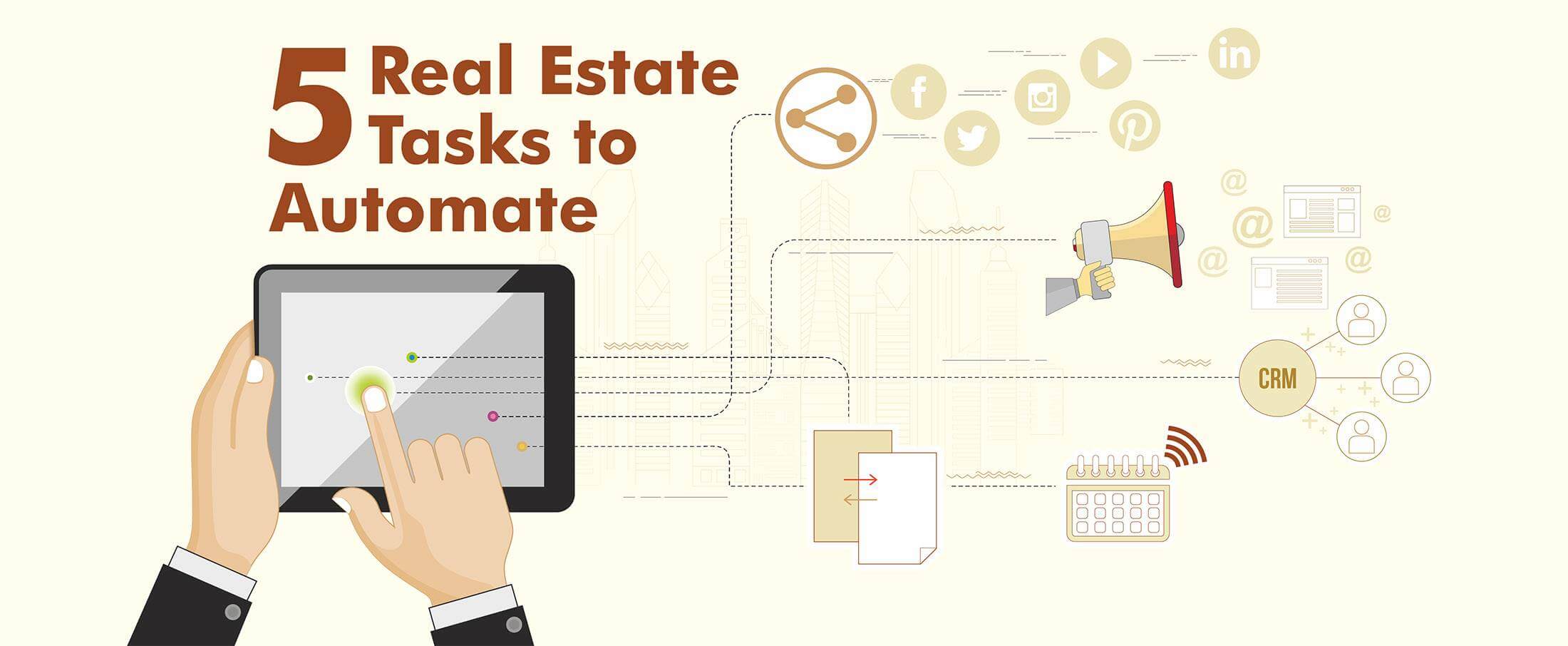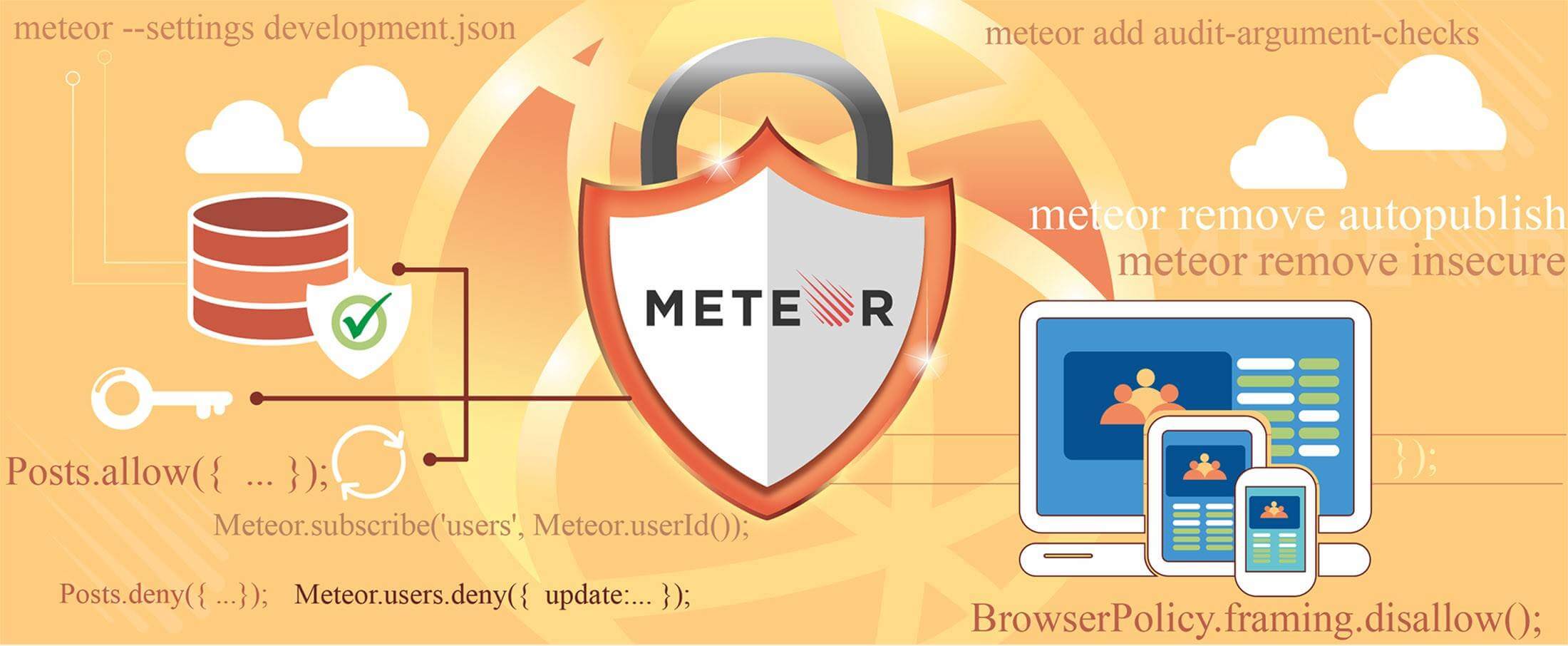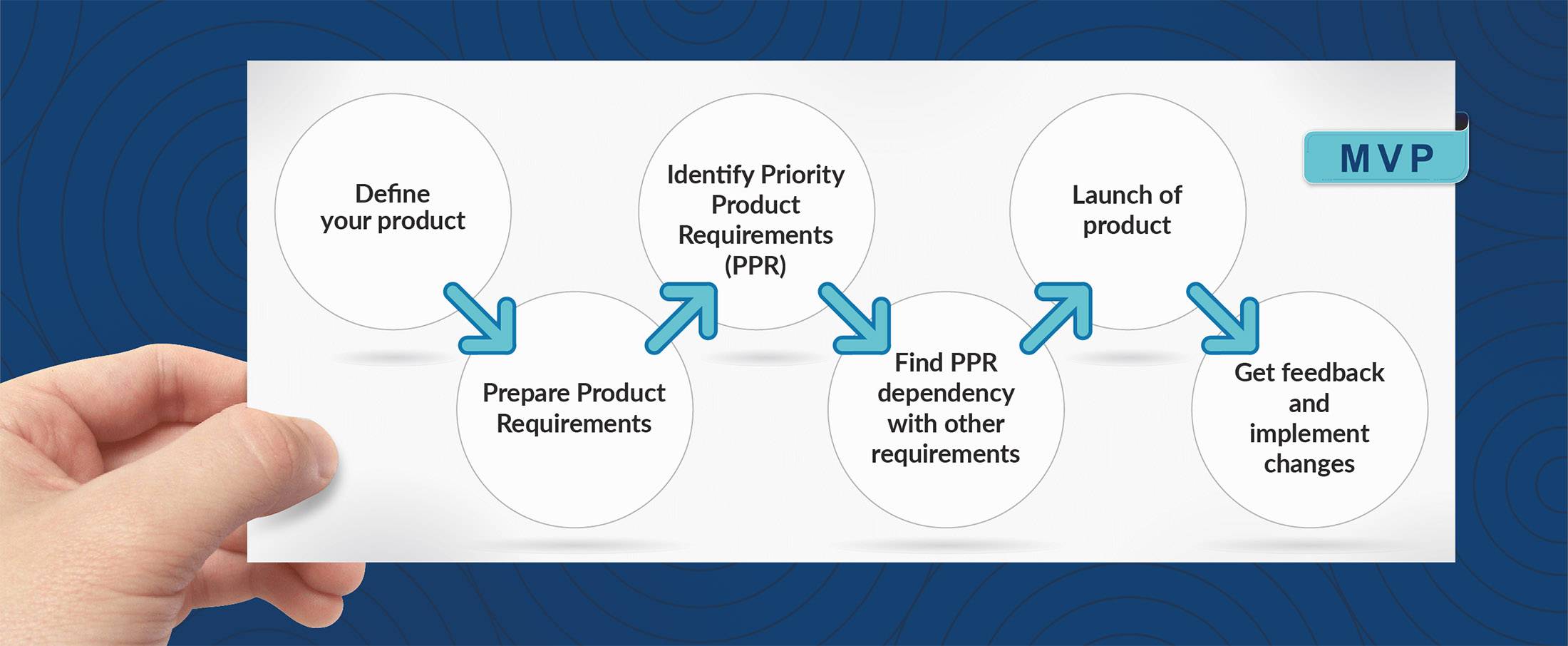MLS Data: Roadblock for RealTech?
MLS (Multiple Listing Services) Data: Roadblock for RealTech?

Although the age-old concept of Multiple Listing Services worked in the past, with the world moving beyond geographical boundaries, a more integrated approach is needed. People move towns, cities, or even countries for better opportunities, and buying/renting a home is one of the first priorities. They turn to the internet to look for property listings; but that’s where the current MLS system falls short.
Challenges of an MLS platform

There are over 900 MLSs in the US, each having their own data structure that isn’t standardized. The biggest problem with this is of duplicate listings. Any agent or broker may add the same property to multiple MLSs for better chances of finding buyers. This is why an integrated system is the need of the hour.
There are some obvious challenges of a multiple listings platform. Although the benefits greatly overweigh the disadvantages, looking from a data integration point of view does bring up a few disadvantages of MLS platforms.
Geo-specific
The biggest problem of an MLS is that these listings are very territorial or geographically specific. And secondly, the ways in which they are listed also differs. Aside from the fact that MLSs data structures aren’t standardized, each one is controlled by its local realtors or brokerage associations. Brokers or their agents need to pay to list their properties on an MLS, and also obtain a separate license for every State. This is why a national-level standardized format is required. There is no portal where realtors or agents across the country can access or add real estate listings.
Visual-based
MLS platforms of different locations may or may not be stored with their respective property photos. Some may allow it, some may have it as a mandate, while others may keep it optional. This creates inconsistency in storing data along with photos of the property.
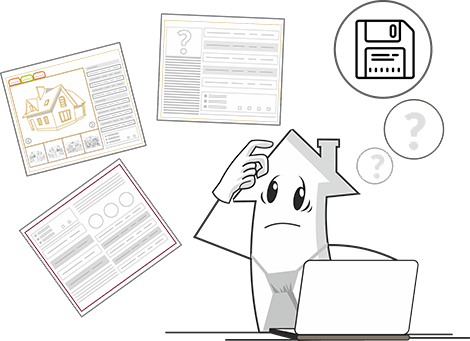
Contracts and Agreements
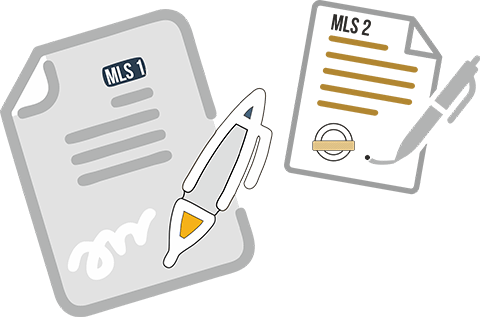
The agreements and contracts of MLSs differ from each other, because of their differing rules. Some may allow their realtors to have IDX or VOW extensions of the MLS. Some MLSs may charge a fee for the same. Hence, the regulations and contracts that every MLS signs with the realtor will understandably differ to some extent.
And this consequently brings us to our final point of compliance. When the contracts and agreements differ, compliances will too. This is especially the case with compliances that fall outside the purview of ‘standard’.
Roadblock to Technology in Real Estate
Looking at the above-mentioned characteristics of an MLS platform, it is quite obvious that the challenges of integrating this data into one system are going to be quite evident. There are real estate apps and websites like Trulia, Zillow and Realtor.com which are aggregating nationwide MLS data onto their portal. Although it’s positive news, this isn’t a quick solution and will take time to implement.
Taking all that data and its differences into consideration, and then assimilating it onto one common platform, like a property listings website, is both time consuming and fraught with the possibility of errors. This poses a massive challenge for those who want to systematize property listings and put them all in one, common place. This is a major roadblock that MLSs pose to IT penetration in the real estate sector. In this case, there are 2 things that can be done. One is implementing a standard reform, and the other is to take the differences and integrate them as they are.
Standardizing MLS norms
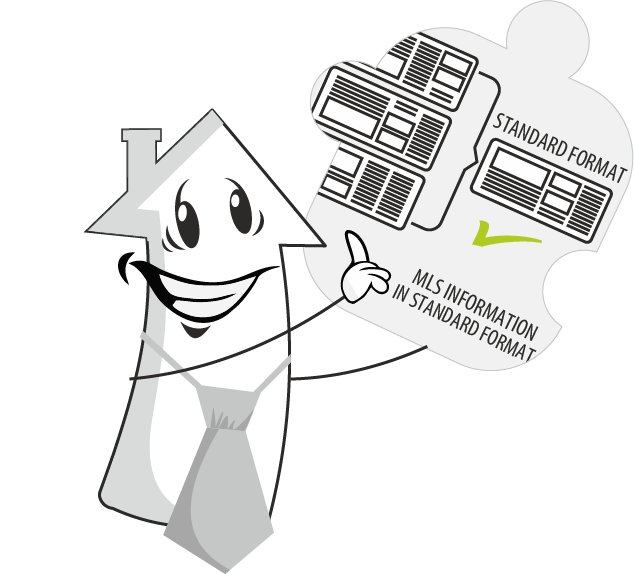
This method involves implementing a common format or pattern which all MLSs have to follow when adding new listings, or even modifying existing ones. For example, there could be a rule that all properties must be listed by name, area, zip/postal code, with one or two major landmarks, and at least 2 photos. Maybe not as tedious as this, but something comprehensive and easy to grasp.
The problem with this option is that it will take a while to enforce completely. MLSs may have to edit their existing listings to the new format, since these will also be added to the common platform. It will take time and efforts, but with a proper timeframe, can work well.
Real Estate Transaction Standard (RETS) is also working on solutions to integrate MLS data. This is an ongoing process, and is sure to help real estate brokers and agents in the long run.
An MLS plug-and-play platform
This is an easier solution than the previous one because it does not require any large-scale changes in norms or modifications in current MLS data recording patterns. This platform can serve as a plug-and-play for different MLSs. This means that various MLSs can display their information on the same software without changing their structures. The platform will support all types of data recording structures and formats, and home buyers can look it up and contact an agent through it.
This will save time, costs, efforts, and even the possibility of errors. In the short run, this seems like the ideal solution. And if users do not find anything amiss with it, then even in the longer term.

In conclusion
Setting up a system of an integrated real estate database is important to make access easier. Home buyers can find properties and agents faster. Agents can integrate different MLSs on their own real estate websites to display more properties and find more leads. This works in favour of everyone involved. Whether it is a regulation of norms or creating a plug-and-play platform, it will be a very beneficial move.
- MLS
- Real Estate
- Real Tech
- RETS
Mobifilia
1 December 2017
